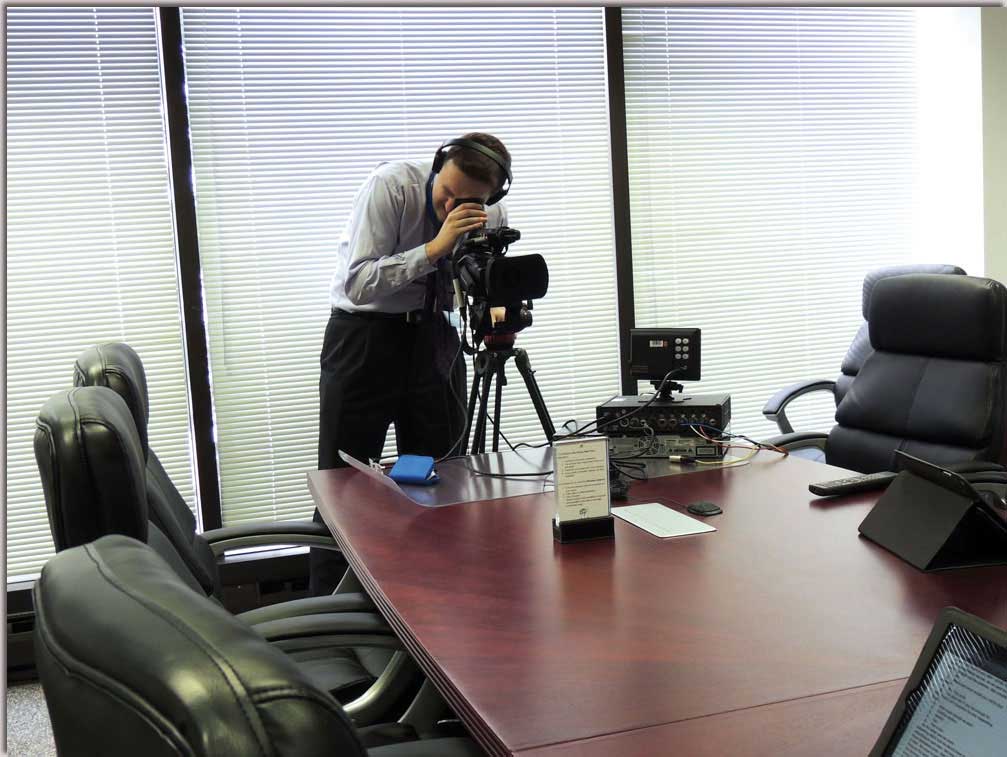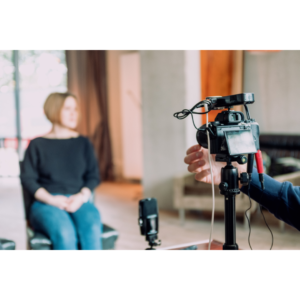Comprehensive Legal Videography for Depositions.
Comprehensive Legal Videography for Depositions.
Blog Article
Why Legal Videography Is Crucial for Accurate Legal Record-Keeping
In the realm of lawful proceedings, the accuracy of record-keeping is paramount, and legal videography arises as an essential tool in this context. By recording the nuances of spoken and non-verbal communication, it dramatically lowers the capacity for misconception that can come with typical written records. The preservation of authentic visual proof not only enhances the reputation of statements yet additionally adds to an extensive account of occasions. As we explore the multifaceted advantages of lawful videography, one should consider its effects for the future of judicial integrity and openness.
Significance of Visual Evidence
Establishing the significance of aesthetic proof in lawful process is vital for making sure precise record-keeping and improving the general stability of the judicial process. Visual evidence functions as an important tool in documenting occasions, problems, and other important information that might be necessary to a situation. Unlike created accounts, which are vulnerable to interpretation and bias, aesthetic recordings offer a goal, unalterable depiction of realities as they took place.
This kind of proof can capture a variety of components, consisting of witness habits, environmental context, and physical proof, all of which might influence judicial results. By offering a clear and detailed visual narrative, lawful videography eliminates ambiguity and assists to protect the credibility of the evidence.
Furthermore, aesthetic evidence can be instrumental in reducing conflicts over valid inconsistencies, as it permits for a direct comparison against testimony and various other documented records. In a period where digital technology is significantly prevalent, the capacity to present visual evidence effectively can substantially boost the total top quality of legal procedures. Inevitably, the unification of aesthetic proof not only boosts the documentation process but additionally strengthens public rely on the judicial system by advertising transparency and liability.
Enhancing Testimony Credibility
The integration of lawful videography into court room proceedings dramatically enhances the integrity of witness testimony. By catching the subtleties of verbal and non-verbal communication, video clip recordings provide a more thorough representation of a witness's disposition, emotions, and integrity. This aesthetic documents enables jurors to observe the witness's body language, face expressions, and total carriage, which are important elements that can affect their assumption of testimony reliability.

In addition, the visibility of video footage can hinder witnesses from giving misleading or exaggerated declarations, as they know that their statement is being videotaped. This liability reinforces the integrity of the judicial process. Ultimately, lawful videography offers as an essential tool in making sure that witness testimony is not only click now properly illustrated yet additionally watched with heightened credibility by all events included.
Comprehensive Record Preservation
Comprehensive record preservation is here important for preserving the integrity of lawful process. Legal videography works as an essential tool in this process, providing an accurate aesthetic and acoustic account of testimonies, depositions, and other critical moments in a case. Unlike typical written transcripts, video recordings capture the subtleties of body language, tone, and feeling, which are crucial for recognizing the context and intent behind statements made throughout legal procedures.
Including audiovisual elements right into record-keeping enhances the preservation of proof, guaranteeing that it continues to be intact and available throughout the lawful process. This is specifically important in cases where the integrity of witness declarations might be challenged, as visual recordings can validate insurance claims and provide clarity. In addition, video clip documents can be invaluable throughout appeals or retrials, using an unaltered representation of the original testament.

Furthermore, the capability to examine video evidence enables attorneys to determine essential details that may have been neglected in created documents. By keeping a thorough archive of lawful proceedings with videography, regulation companies can support the highest standards of precision and liability, ultimately contributing to a fairer judicial procedure.
Simplifying Lawful Process
Improving lawful procedures is necessary for boosting performance and reducing delays within the judicial system. Lawful videography acts as a crucial tool in attaining this goal by supplying clear and exact aesthetic documentation of court hearings, depositions, and testimonies - legal videography. This modern technology permits for real-time recording, guaranteeing that all spoken and non-verbal hints are recorded, which can facilitate quicker resolution of conflicts
The combination of videography right into lawful processes decreases reliance on conventional techniques, such as extensive records, which can be taxing to create and review. By having access to tape-recorded footage, lawyers can quickly reference key moments, improving their review capability to prepare and existing cases effectively. This immediacy also helps in the clarifying of testaments, reducing the potential for misconception.

Admissibility in Court
Accurate paperwork is essential not only for efficiency however additionally for ensuring that proof is permissible in court. Lawful videography works as an important device in this process, providing a trustworthy aesthetic document of statements, declarations, and occasions. Courts commonly require proof to fulfill specific criteria of admissibility, consisting of significance, credibility, and dependability. Premium video recordings can meet these standards by recording clear sound and visual information that composed records might overlook.
To be regarded admissible, legal videography must adhere to established protocols, such as appropriate devices use, proper lighting, and clear audio capture. Additionally, it is necessary to have qualified videographers who understand the lawful needs surrounding evidence collection. legal videography. The chain of protection have to also be preserved to avoid any kind of cases of tampering or alteration
Furthermore, legal videography can boost the persuasiveness of evidence by providing jurors with a direct sight of the statement, enabling an extra engaged understanding of the case. In recap, the combination of legal videography into record-keeping not just sustains efficiency however additionally reinforces the integrity and admissibility of evidence in court proceedings.
Final Thought
In verdict, lawful videography plays a pivotal function in ensuring precise legal record-keeping by providing unbiased aesthetic documentation. Ultimately, the incorporation of lawful videography right into the judicial process promotes transparency and boosts public trust in the honesty of the legal system.
Report this page